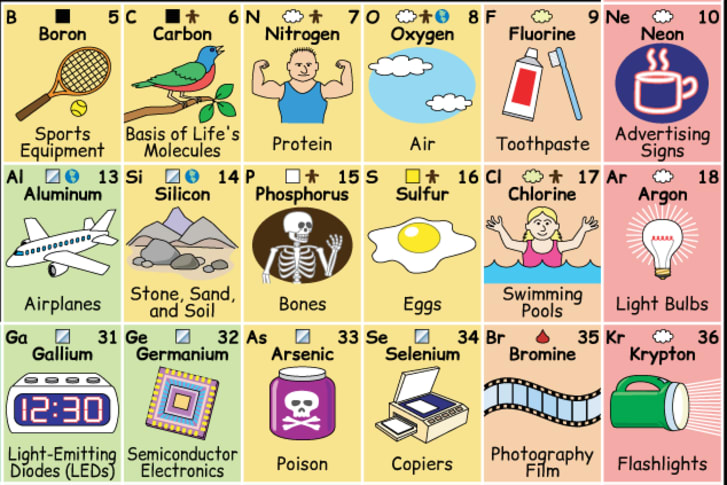
Space: Well there has been plenty of space missions in the last while.
India has made great progress with their space missions, including successfully landing on the moon. The New Times has a piece on their moon launch here. It’s an exciting development! You can read more on it here and here. And India is not just going to the moon: they have mission going to the center of the solar system. Great to see all this activity.
Unlike India, Russia has been less successful, with their spaceship crashing on the moon. More on that, here. Space is hard.
Meanwhile, Japan is aspiring to be doing work on the moon, too. More on the all the participants in the moon race here.
As for private space exploration, the Times has a piece on an alternative group to SpaceX that are making progress here. Good: we need an alternative to Musk’s company. Speaking of alternatives, here’s more on Virgin Galatic’s recent progress. And this asks the question: How long will Jeff Bezos continue to subsidize his New Shepard rocket? Maybe if NASA goes with this new way of doing moon missions with his Blue Origin organization.
In other space news, here’s something on the new crew for the space station. This is a new theory on galaxy mergers that could shed light on how galaxies evolve.

Other things on space that I loved was this piece: Our Galaxy Is Home to Trillions of Worlds Gone Rogue. Also this dazzling view of the Milky Way from southern Africa. I love this too: Microsoft has an introduction to Python programming by taking on assignments inspired by NASA scientists to prepare you for a career in space exploration. A great collaboration.
Here’s some less than loveable space story I read. For instance, this is bad: Space junk is on the rise, and no one is in charge of cleaning it up. More on that, here. Also not good: what a long term mission in space does to the human body.
Physics: this is a good explainer on quantum entanglement. Relatedly, if you thought quantum mechanics was weird , check out entangled time.
Here’s something on a study combining continuum mechanics with Einstein’s field equations. Worthwhile.
last but not least, if you want to learn or relearn physics, then head over to Susan Rigetti (nee Fowler)’s great site, here.
Math: three good math pieces: 1) a good introduction on lagrangian-mechanics 2) something I liked on Multivariate calculus 3) Also this on mutlivarable calculus.
Biology: I thought this, on our golden age of medicine was good. As was this piece on newly detailed nerve links between brain and other organs and how it shapes thoughts and memories.

 If you’ve been reading the news lately, you may have heard about NANOgrav and the work they were doing. If you missed it or forgot:
If you’ve been reading the news lately, you may have heard about NANOgrav and the work they were doing. If you missed it or forgot:
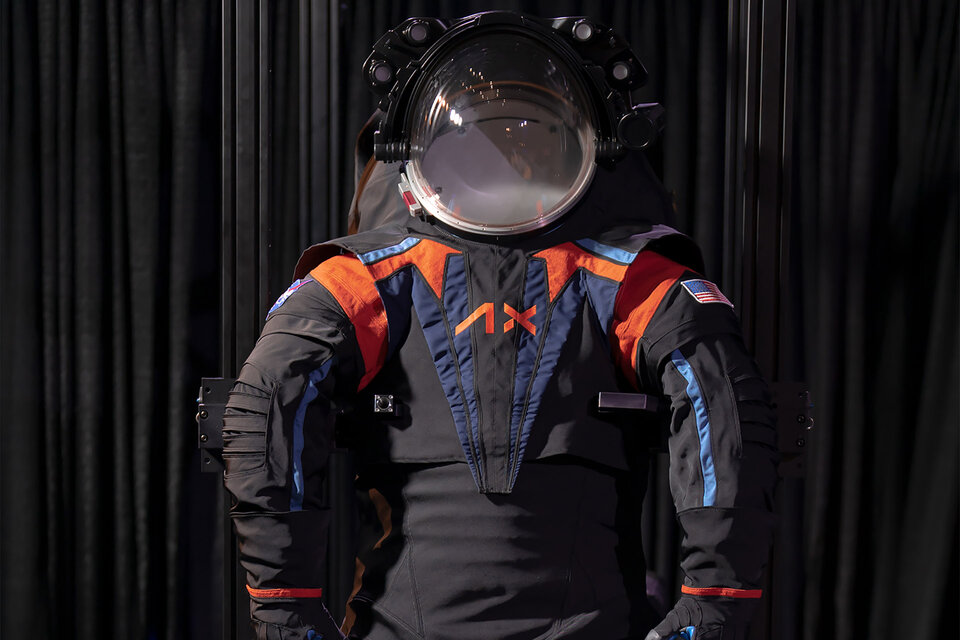
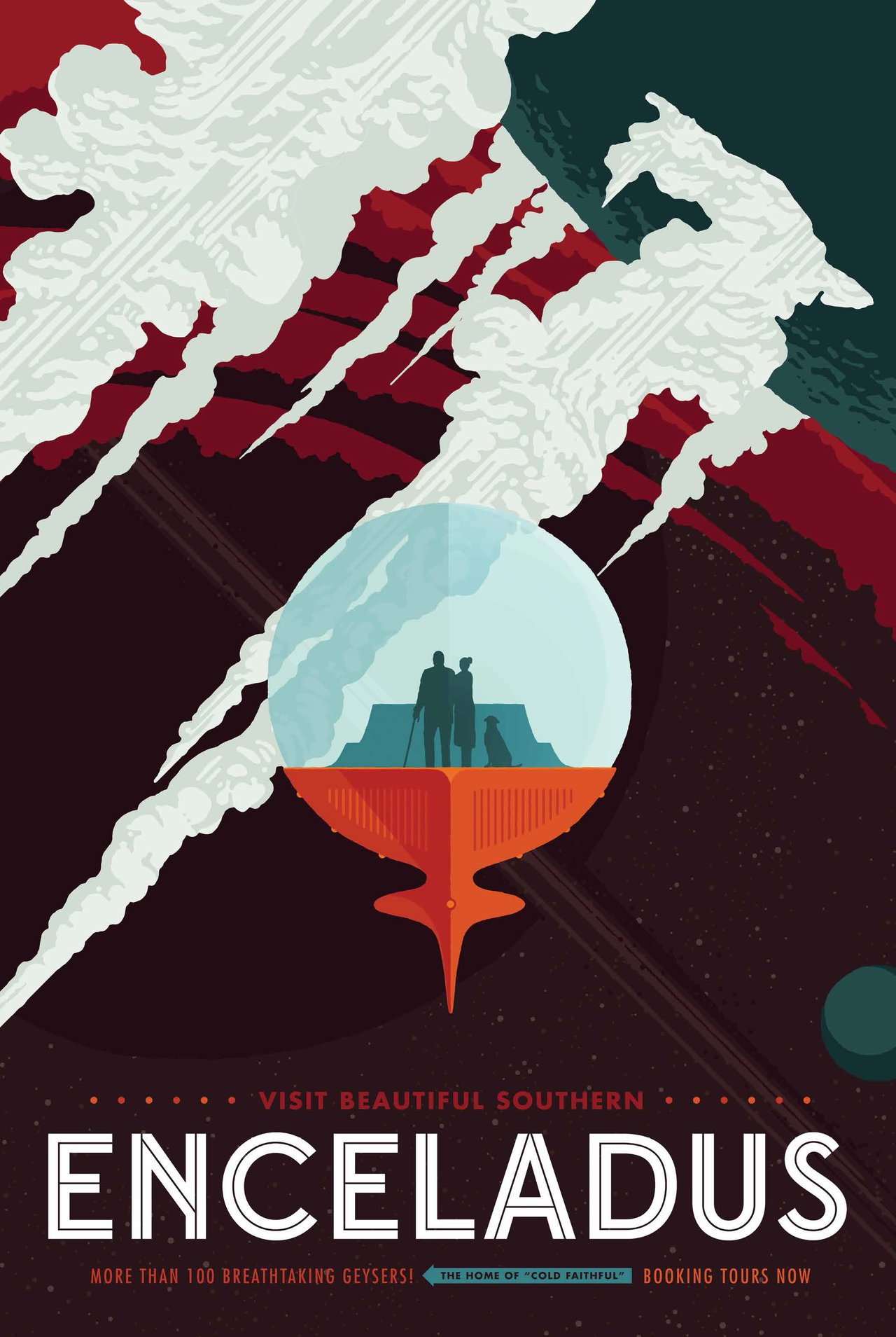

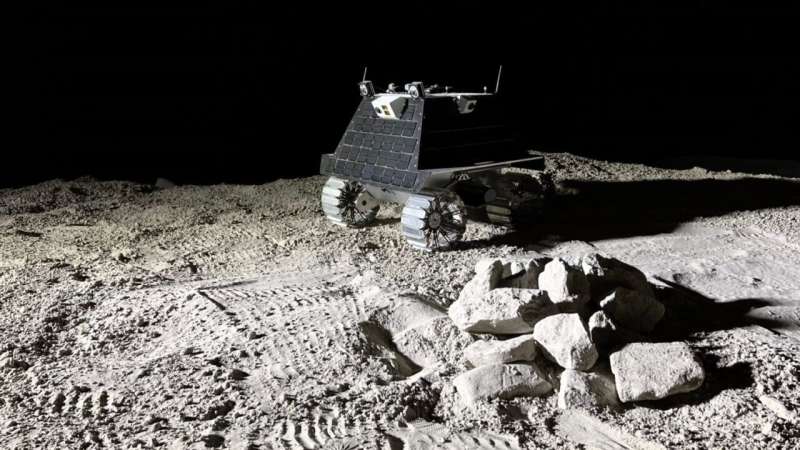








 Last week was a big one for math, with the Fields Medals being announced. As
Last week was a big one for math, with the Fields Medals being announced. As

 Recently the
Recently the 


 I think these would be a great gift for anyone into science, or for teachers teaching the elements.
I think these would be a great gift for anyone into science, or for teachers teaching the elements.
:format(webp)/cdn.vox-cdn.com/uploads/chorus_image/image/70230686/_Westantarktis_vor_90_Mio_Jahren_J_McKay.0.jpg)

:format(webp)/cdn.vox-cdn.com/uploads/chorus_asset/file/22512190/npatel_20210512_4552_0069sq.jpg)
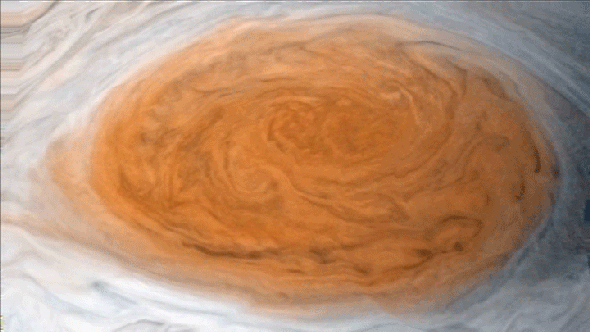






:format(webp)/cdn.vox-cdn.com/uploads/chorus_image/image/66145941/Screen_Shot_2020_01_22_at_3.51.22_PM.0.png)


